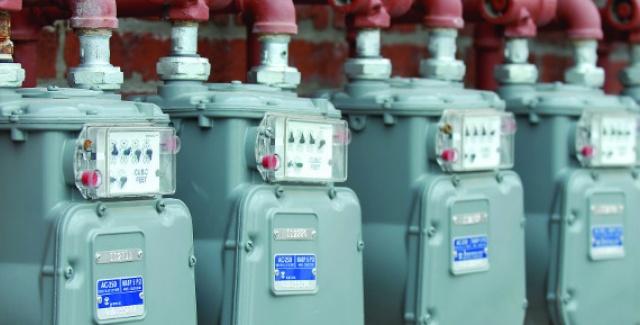Know what to do when the ground starts shaking.
No city in the United States is immune to an earthquake, but communities in the Mid-South may be more likely to experience one due to our proximity to the New Madrid Seismic Zone. The four greatest dangers from an earthquake are the effects of the ground shaking, the effects of ground displacement, flooding, and fire.
In fact, the actual shaking of the earth is not very dangerous but the effects (damage to buildings, roads, etc.) can be treacherous.
If you are indoors when the shaking starts:
- DROP, COVER and HOLD!!
- If you are in bed, stay there and protect your head with a pillow.
- Stay inside.
- Get away from windows, tall furniture, hanging objects, large appliances and cabinets or shelves filled with heavy objects.
If you are outdoors or driving:
- Move quickly and safely into the open, away from electrical lines, trees and buildings. Drop to the ground and wait for the shaking to stop.
- If you’re in the car, carefully and slowly bring your vehicle to a stop at the side of the road, away from traffic. Do not stop on or under bridges, under power lines or near heavy roadway signs or billboards that may fall. Once the shaking has stopped, you may continue driving but be aware of potential damage to the roadway.
After the shaking stops:
- Be prepared for aftershocks.
- Check around you for dangerous conditions, such as fires, downed power lines, gas leaks or structural damage.
- Check everyone around you for injuries; provide first aid, if necessary.
- If you have a fire extinguisher nearby, use it to immediately put out small fires.
- Turn off the gas only if you smell gas.
- Check your phones.
- Inspect your home for damage.
If you are trapped in debris:
- Move as little as possible so that you won’t kick up dust. Try to cover your nose and mouth with clothing.
- Tap on a pipe or a wall so that rescuers can hear where you are. Shout only as a last resort.
Take some time to prepare your home:
- Make sure bookcases and filing cabinets are secure, preferably anchored to the nearest wall
- Use screw-eyes and heavy-duty wire to securely attach heavy pictures and mirrors to the wall
- Lock the rollers of any large appliances or heavy pieces of furniture
- Fit all gas appliances with flexible connections and/or a breakaway gas shut-off device, or install a main gas shut-off device. Check building codes to determine whether you may do this yourself or if professional installation is required.
- Teach everyone to DROP, COVER and HOLD!! on. DROP to the floor, take COVER under a desk or sturdy table, and HOLD on when an earthquake hits.
- Make sure everyone is familiar with the family communication plan and knows escape routes from your home.
- Make certain all adults and teenage household members know where the utility shut-offs (gas, electric and water) are located and how to turn them off if there is a leak or electrical short.
- Check your emergency kit and family go-bags to make sure all supplies are in order and up-to-date.






